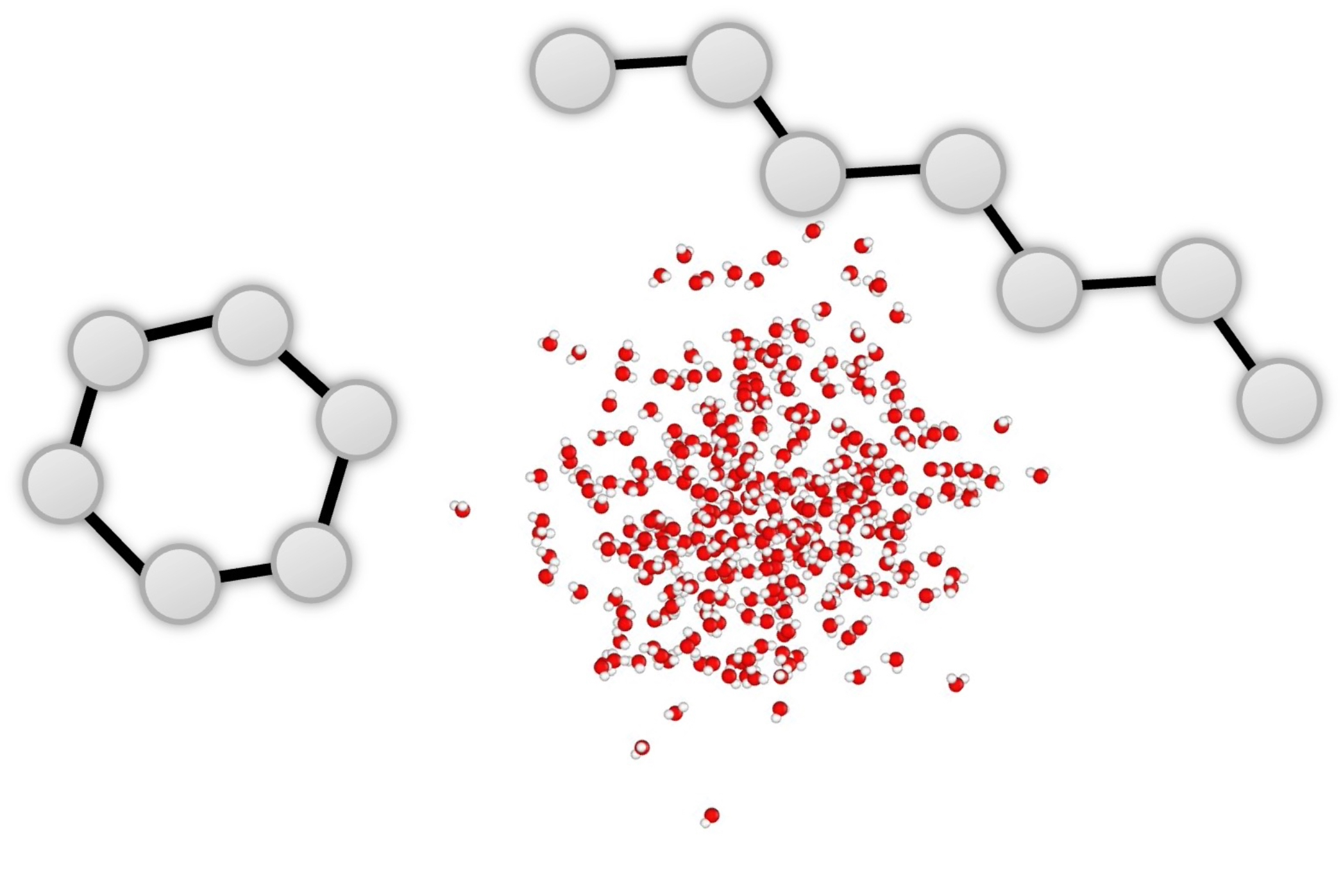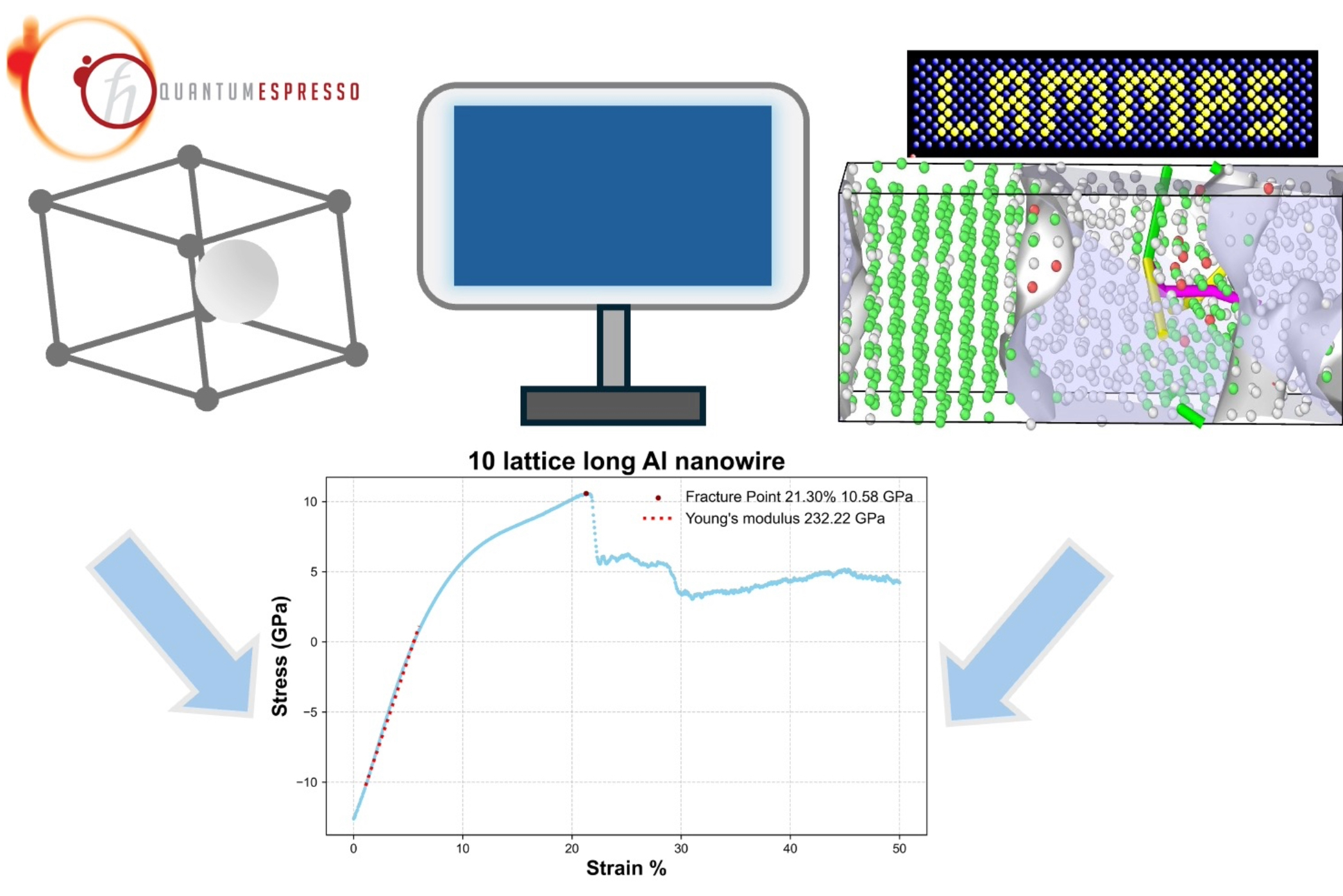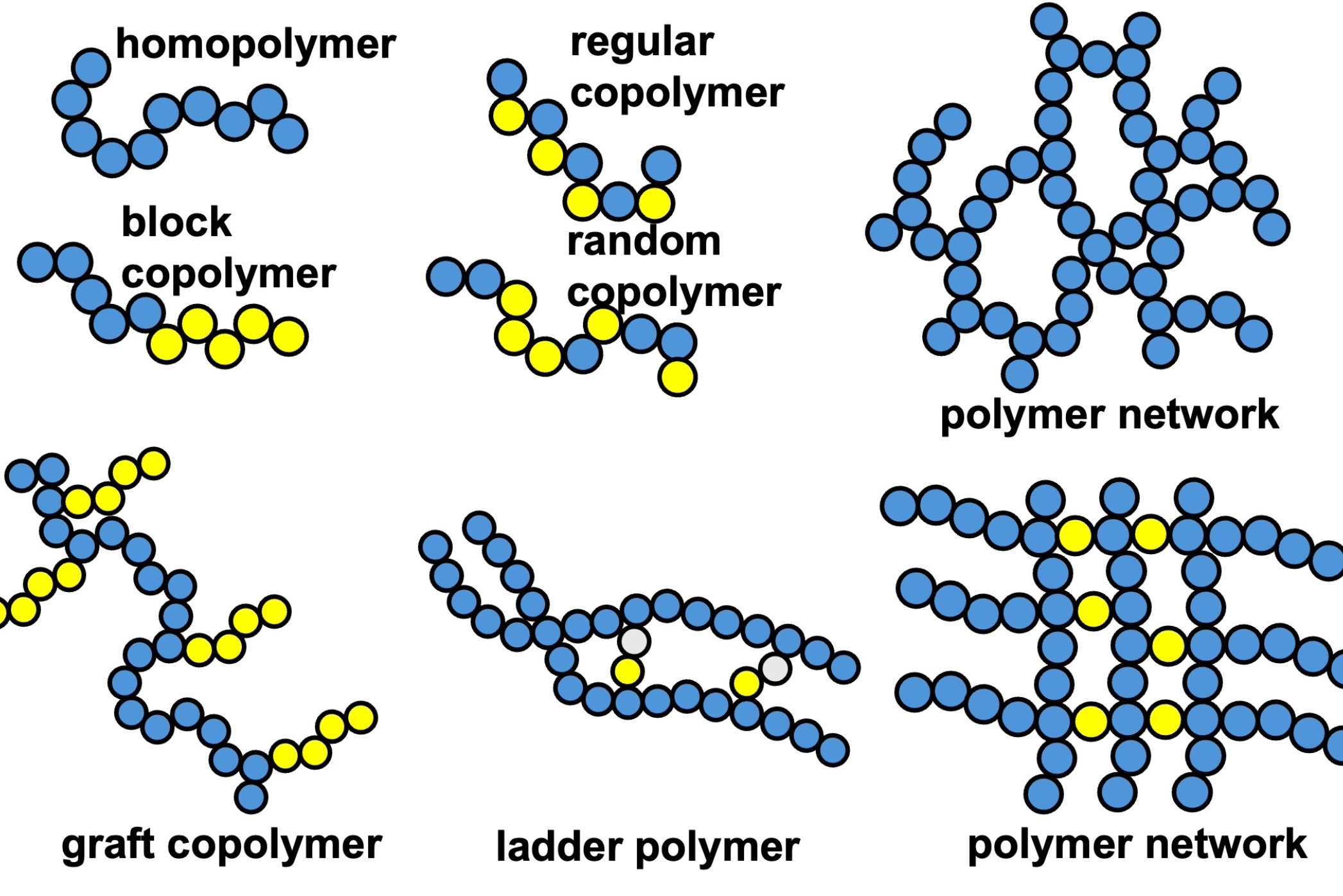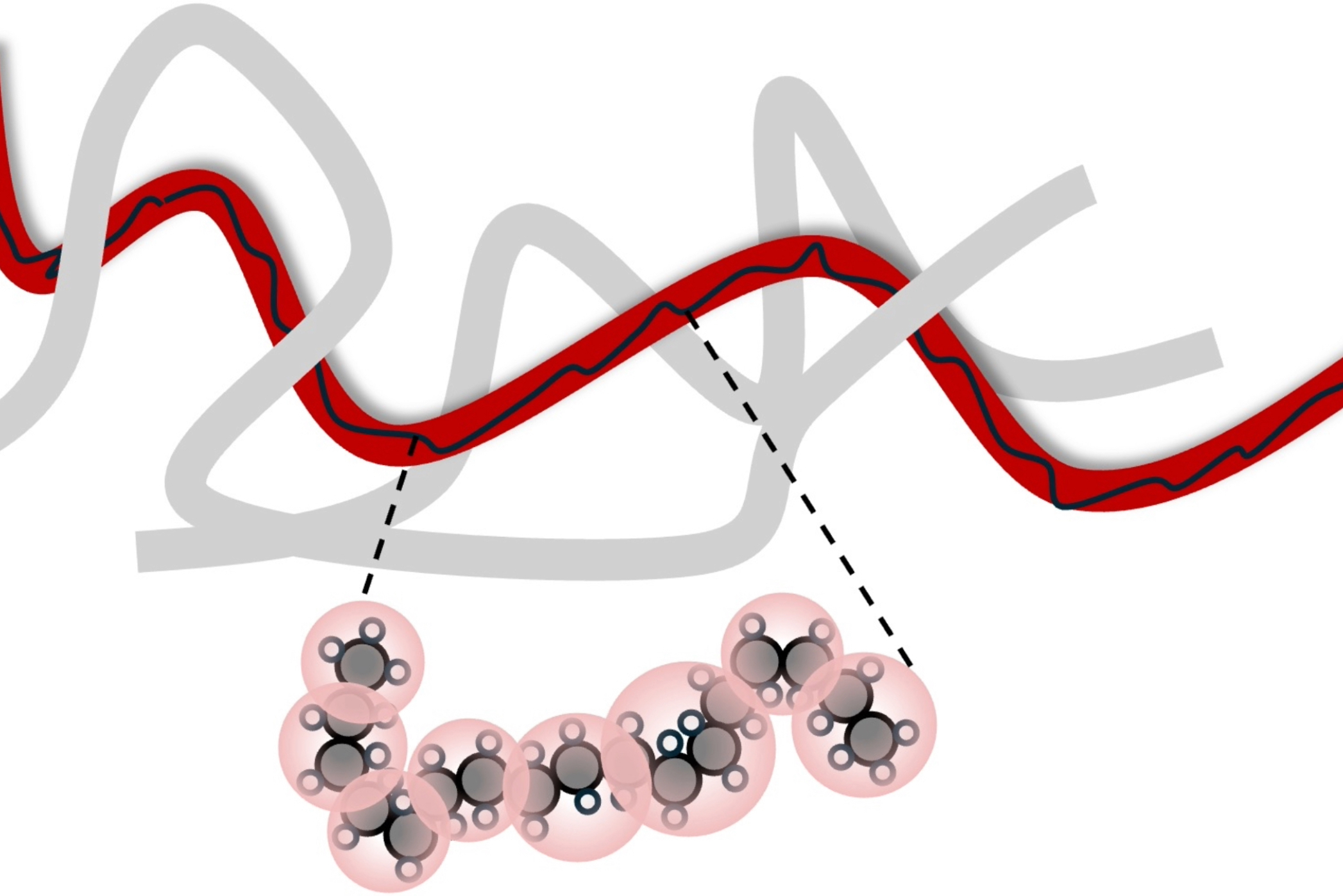
Principles of Molecular Simulation
In this course, I systematically learned origin, development and future opportunities of molecular simulation methodologies. During the lecutres, I was really interested in computation of atomic orbits with PySCF. With optimized parameters, I could prepare for dynamics simulations at larger scale in LAMMPS.

Multiscale Computational Mechanics
In the computational mechanics, I learned continuously to integrate quantum and molecular simulations. The most indispensable idea I captured is to understand and build up whole workflow from model building, through running simulators, and finally to data visualization by programming or applications.

Properties of Solid Polymers
In Properties of Solid Polymers, I learned basic polymer chemistry and physics knowledge including main categories of polymerization and status of solid polymers. By taking the course, I understood that why viscoelasticity of polymers stem from monomer compositions and chain conformations.

Polymer Mechanics
Polymer mechanics is one of most important courses I have taken, where I learned and practiced how to theoretically characterize mechanical properties of polymers by modeling and solving Newtonian Equations. I also understood why different degrees of approximation and modeling are necessary.

Tissue Engineering
In lectures of Tissue Engineering, I learned main types of biomacromolecules in human body and how they interact with each other, leading to bioactivity of cells, tissues and organs. I also learned how to design synthetic polymer materials for tissue therapy and regeneration, which is an interdisplinary application.

Data Structure
Data structures is a technique to implement the physical forms of abstract data types. In this course, I learned how modern computer tackle with large data, extract information and manipulate big data. The course laid a foundation for me to step to data-driven technology for materials science in the future.